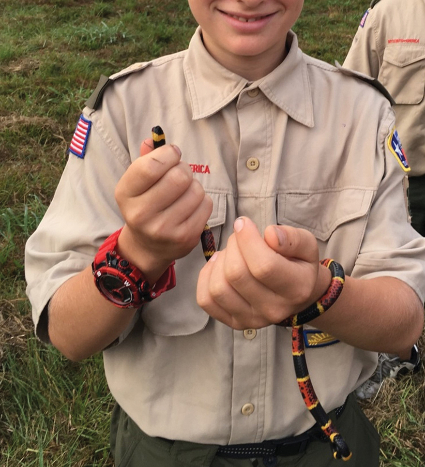It varies by the species you get bit by. CroFab is the polyvalent antivenom for north american pit vipers such as water moccasins, rattlesnakes, and copperheads. CroFab is also $3,200 per vial but some places charge a lot more for it, upwards of $12,000 per vial because they know they can screw you over since you're desperate. If you get bit by a copperhead there's low chance you'll need antivenom at all because their venom is a joke. However if you manage to get tagged by a mojave rattlesnake or eastern diamondback you will be needing multiple vials. Probably up to about 8-12, but a minimum initial dosage of at least 4.
Coral snakes are obviously not pit vipers so they're an exception, with their antivenom being NACSA I believe. You definitely need it for coral snakes though because their venom is a fun combo of pre/post synaptic neurotoxins which have a nasty habit of preventing your ability to breathe.
Obviously some caveats apply, such as regional variation in venom composition especially in vipers. For instance the timber rattlesnake has 4 different regional subtypes of its venom: hemotoxic, neurotoxic, hemotoxic AND neurotoxic, and then the last subtype has way lower venom potency across the board. If you get tagged by the last subtype, your medical bills might not suck quite as much.
Fun facts: because antivenoms are derived from the antibodies of horses, a decent percentage of people have allergic reactions to them including anaphylactic shock. And If you are teaching kids about venomous snakes do not rely on rhymes. This kid's scoutmaster misremembered the "red on yellow, kill a fellow" rhyme and let him pick up a coral snake (he got bit).


